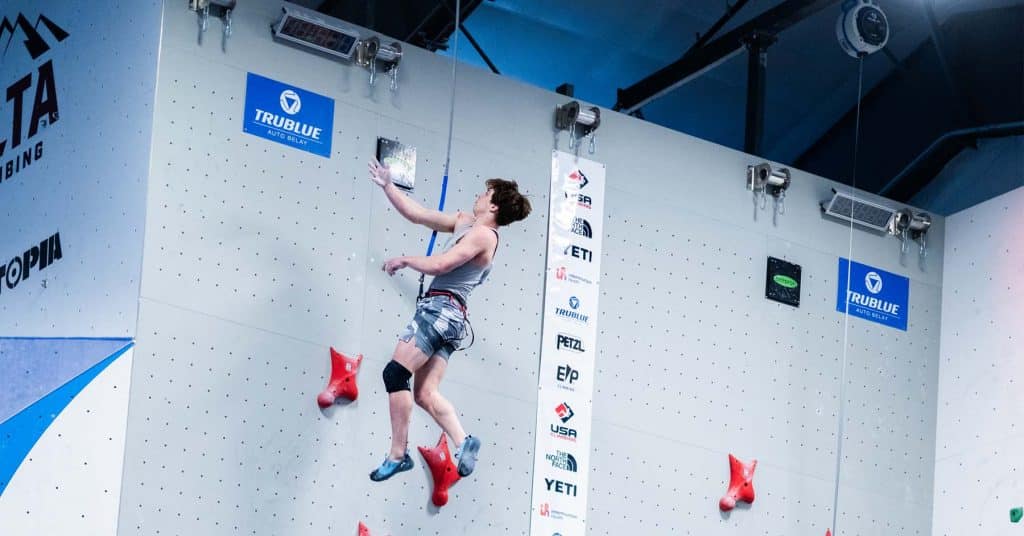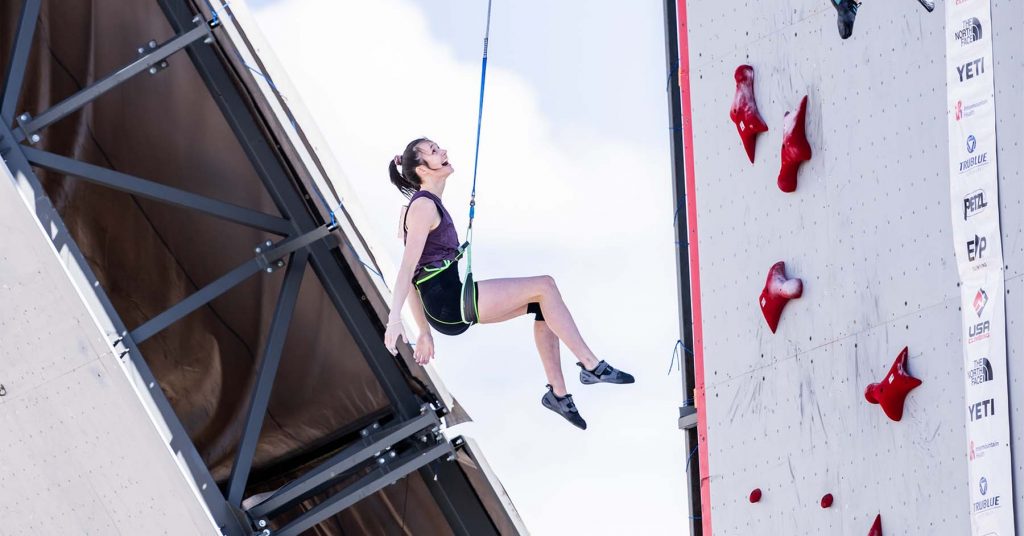The climbing gym is a modern-day playground for adults, but it's more than just play for everyone involved. Just like climbers take their sport seriously, gym owners don't play around when it comes to their business. They have to balance the books just like anybody else. In this post, we'll cover how to develop a business strategy for your climbing gym. These strategy development tools will be helpful for existing gyms and entrepreneurs just finalizing their rock climbing gym business plan.
Competitive Advantage
It's a simple question, but answering it is more difficult. Why should climbers choose your gym? Maybe you have the tallest walls, the cheapest membership, the best climbing team, or the most fitness classes to lure climbers to your routes. The important thing is to identify what makes your gym unique or the one thing that you do better than all your competitors. Choosing one area to be the best in will also help when deciding where to invest your resources to maintain or grow that advantage.
Remember that you aren't just competing with other climbing gyms in your area. You're also competing for the free time of your visitors. For recreational climbers who stick to indoor climbing, why should they choose your climbing gym over other gyms or fitness studios? You may have the tallest walls and host the coolest climbing comps, but some people just want a fun, friendly vibe at their climbing gym and yoga classes on the weekend. At the same time, don't try to be everything to everyone. It's impossible and will only hurt your gym.
To choose your competitive advantage, look at areas where you already excel. It's even better if your strengths are your competitors' weaknesses. Don't have an obvious choice? Choose a trait that is currently lacking in the market and invest in making that your strength. It should be a trait that is unique, desirable, and one that you can take clear action to improve upon.
Learn more about competitive advantage and how it applies to your gym in Auto Belay Benefits | Part 1: Competitive Advantage.
Elasticity of Demand
Set your prices too high and you'll see membership and drop-in rates drop. Set your prices too low and you risk hurting your bottom line. To help set your prices at the right level, consider the elasticity of demand.
Elasticity of demand is the extent to which demand for your product or service is affected by changes in price. In other words, what happens if you raise monthly memberships by $5, $15, or $50? Or what would happen if you raised or lowered your day pass rates?
If demand is inelastic, price has little to no effect on the quantity of memberships or day passes you sell. If demand is elastic, demand will be greatly affected by price. In general, climbing gyms have more elastic demand. How elastic your demand is will be affected by the availability of substitutes (other gyms, other recreation options) and the income of your target audience (higher income will cause demand in your climbing gym to be less elastic).
Learn more about elasticity of demand and how it applies to your gym in Auto Belay Benefits | Part 2: Price Elasticity of Demand.
Adding Customer Value
Creating an exceptional customer experience is key to building a community at your gym, gaining long-term members and earning repeat business. Providing this experience and creating value is all about understanding who your customers are, what they want, and what they expect from a climbing gym. Not all of your customers think alike, so developing buyer personas is a helpful exercise in understanding your customers.
The goal of creating buyer personas is to create a detailed image of your key customers. The more information you can apply from market research, visitor data, membership data, and other sources, the more lifelike your personas will be. Start with basics like age, income, gender, education level, and location. To add more depth, add climbing style, climbing level, times of visit, training preferences, and other specifics to figure out what makes these climbers tick.
Once you have your climber personas mapped out, think about how to add value for these personas. If you were to make investments in your gym, what would they like to see those investments focus on? Maybe it's challenging, technical route setting for the veteran climbers or adding auto belays for the lunchtime visitors looking to get a fast but efficient workout in. Maybe the new climbers would really like to see more beginner classes to get them off the ground. Use your buyer personas to create an exceptional customer experience to create long-term success.
Learn more about adding customer value and how it applies to your gym in Auto Belay Benefits | Part 3: Creating Value for Customers.



